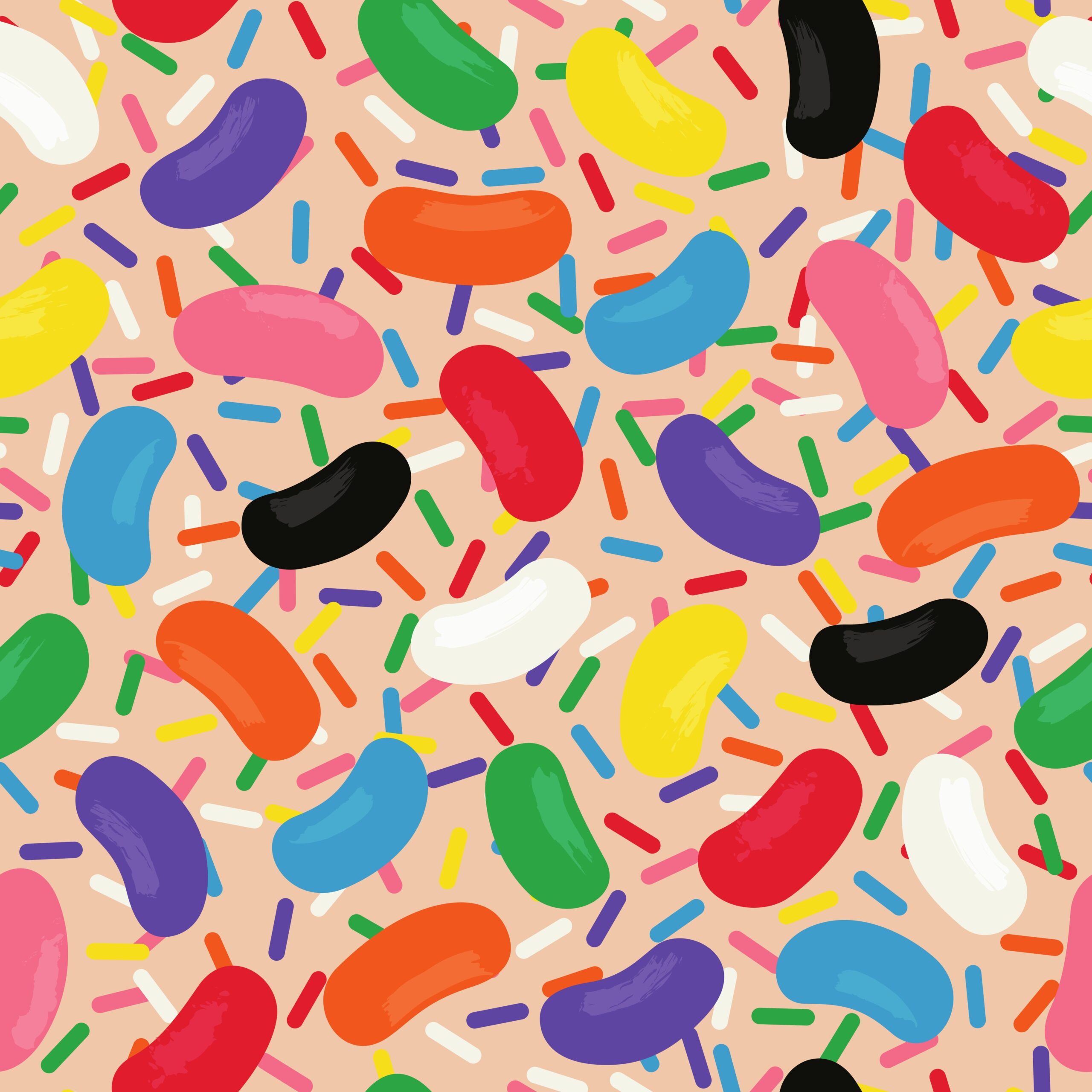Your cart is currently empty!
Creating that smoky, thick drum sound commonly heard in hip-hop

Creating that smoky, thick drum sound commonly heard in hip-hop involves a few key steps:
Table of Contents
Sample Selection:
- Kick Drum: Choose a kick drum sample that is thick and punchy. Ideally, this sample will be rich in low-end frequencies.
- Snare Drum: Opt for a snare that has a crispy attack and good body.
- Hi-Hats and Cymbals: Usually, you’ll want to pick simple and clear hi-hat or cymbal samples.
Sample Processing:
- EQ: Apply equalization to the kick and snare to cut unwanted frequencies and to boost the frequencies that you want to emphasize.
- Compression: Use compression to control the dynamics of the drum samples.
- Saturation: You can apply saturation or light distortion to make the drums sound even thicker.
Layering:
- Kick Layering: To make the kick sound thicker, layer a low-frequency kick with a mid-to-high frequency kick.
- Snare Layering: Similarly, you can layer multiple snare samples to create a fuller sound.
Additional Techniques:
- Side Chain: Use side-chain compression so that every time the kick hits, the bassline or other instruments slightly reduce in volume. This allows the drums to stand out more in the mix.
- Reverb and Delay: Adding a small amount of reverb or delay to snares or hi-hats can create a more expansive sound, but be cautious as too much can make it sound too smoky or muddy.
Feel free to adapt these techniques according to your own style and preferences. Many producers take these basic techniques and apply them in creative ways to craft their unique sound.
About The Author

Born in 1982 in Japan, he is a Japanese beatmaker and music producer who produces experimental hiphop beats. He is the owner of Genx Records. Because he grew up internationally, he understands English. His hobbies are muscle training, artwork creation, website customization, and web3. He also loves Korea.
Website: genxrecords.xyz
Share This Post:
Leave a Reply